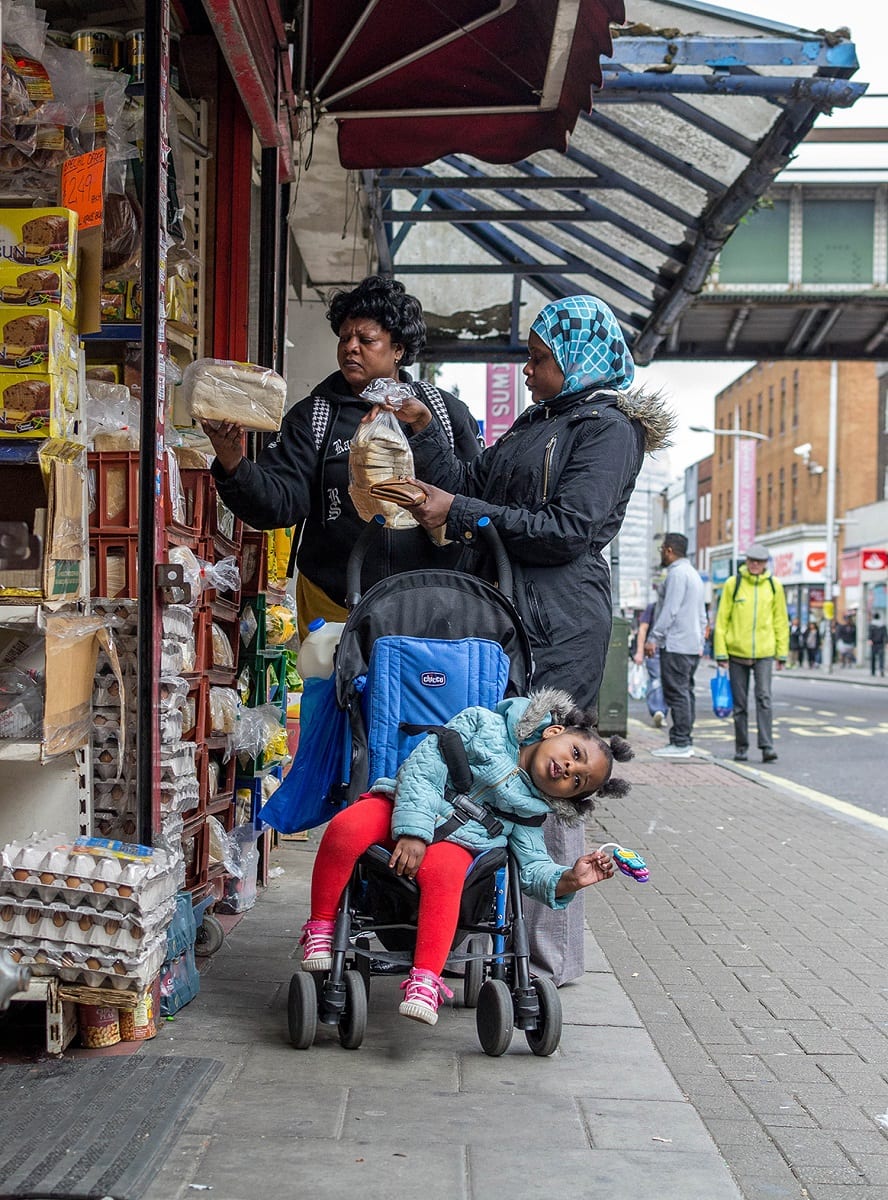If you are thinking of entering an art competition, make sure you’re submitting work that will make an impact on the judges. That may sound obvious, and be easier said than done, but it’s crucial your entry isn’t just technically sound; it must also make the viewer feel something.
That’s the general gist of photography expert Zelda Cheatle’s advice on entering this year’s edition of the National Open Art Competition, of which she is a judge.
And she should know. Cheatle, a distinguished photography curator, editor, lecturer and consultant, has been involved in the photography industry since 1982 having worked at The Photographers’ Gallery in the mid-1980s before setting up and running her own eponymous photography gallery from 1989 to 2005.
Over the years she has been a publisher, worked with private and public institutions, and sat on numerous judging panels for a range of national and international competitions. Notably, in 2016, she was lead curator for Dubai Photo Exhibition, a huge undertaking for which she coordinated 18 international curators and more than 800 artworks; it was, she says, the biggest exhibition of photography she has ever worked on.
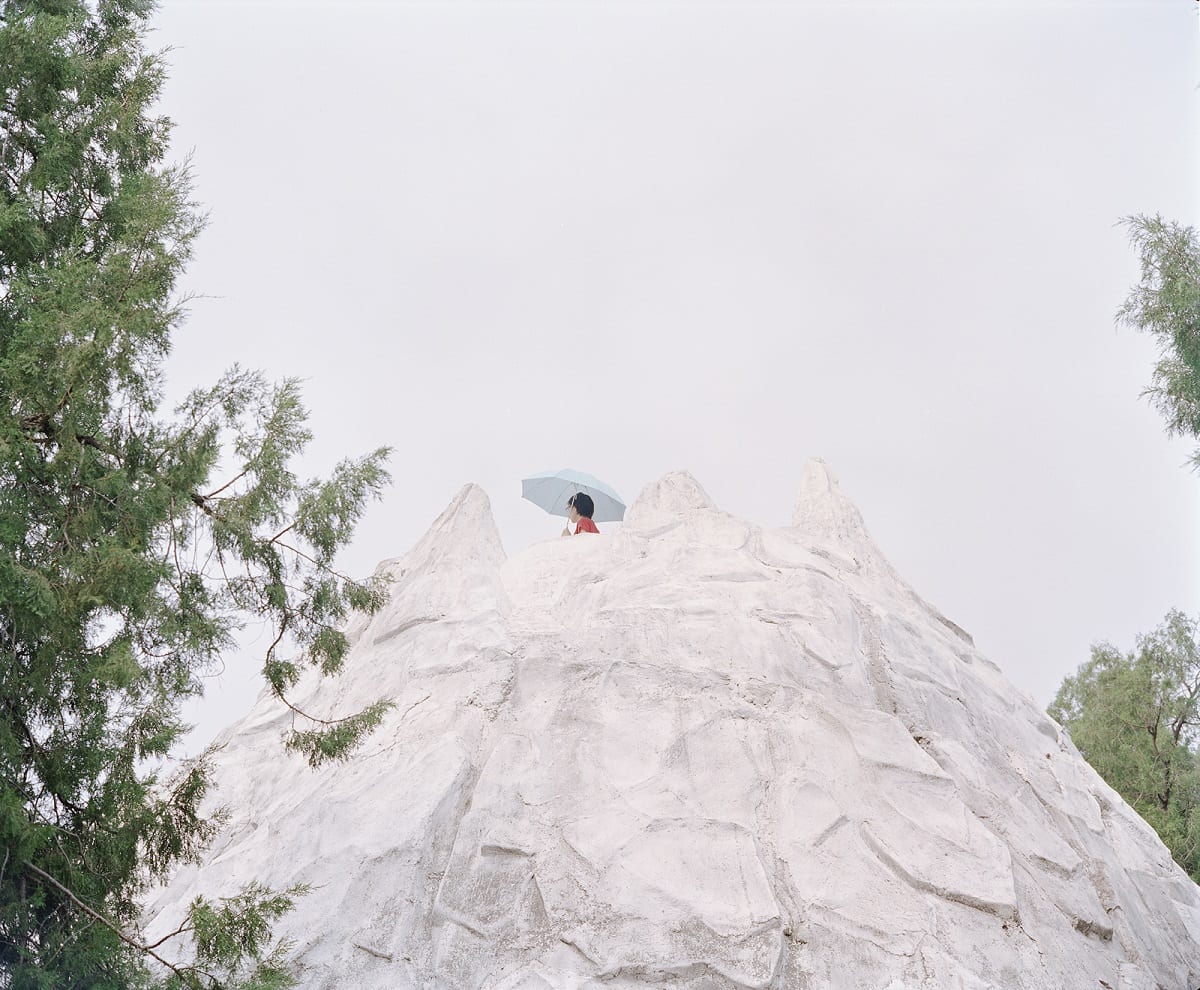
“I hope to bring an open mind, [and] really great work presents itself,” she says. “Even if it’s an incredibly calm and beautiful landscape, if it hits the right note, it gets you. It doesn’t always have to be harrowing photojournalism. It can be really quiet and beautifully thought-through things. Maybe it’s just somebody’s hands, but it speaks volumes about that person.”
When it comes to technical proficiency, Cheatle says this is less important to her than emotional impact. What’s key is a well-seen moment executed in a thoughtful way. “An image might not be very good technically, but the feeling it evokes or emotes completely overrides any technical hitches,” she says. “And sometimes the most technical image is bereft of any feeling.”
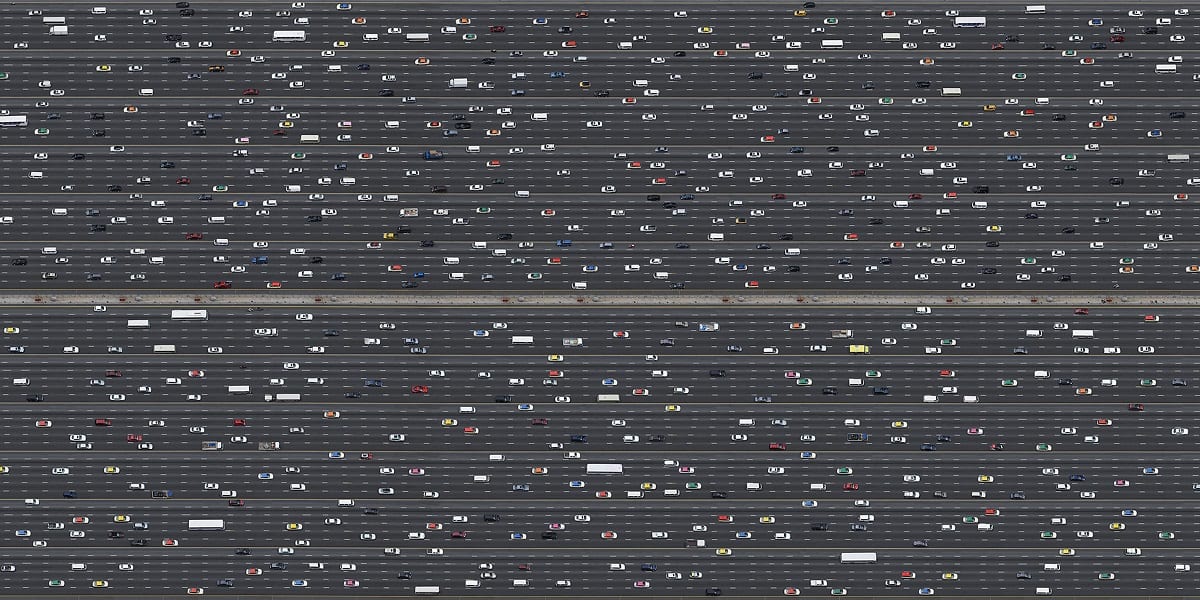
The National Open Art Competition celebrates the best of British and Irish contemporary art, photography and moving image every year, with wide-ranging awards open to amateur, mid-career and professional artists. The competition is open to those dedicated to lens-based media, and there is a photography youth category for under-15s too. As well as £60,000 of cash prizes, finalists and winners will have their work shown in an exhibition in London, in November.
What advice would Cheatle give to those thinking of entering this or indeed any other art competition? First and foremost: follow the guidelines, she says. In other words, do what is being asked of you, which might include making sure the work you’re submitting was created within the correct time period. Also make sure your work has an engaging title. Whether it’s photography, painting, or an artwork created using other media, the context in which you set the work is everything.
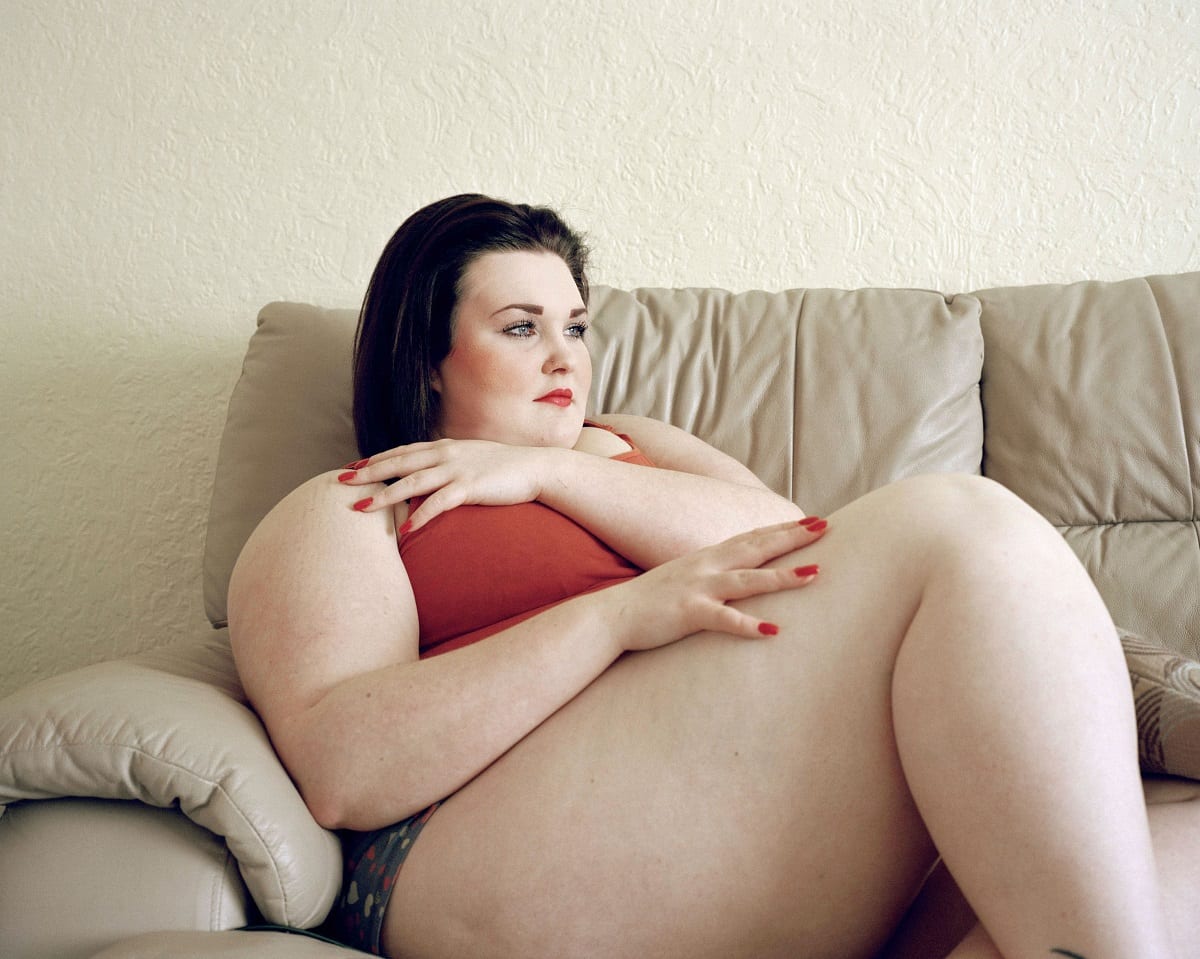
A staunch supporter of new talent, Cheatle’s passion for photography is as ardent as ever, and she has sound advice for those forging a career in this field.
To succeed, you have to not only work hard, but also be multi-skilled, she says – “a little bit of an entrepreneur, a little bit of a technician, able to think on your feet.”
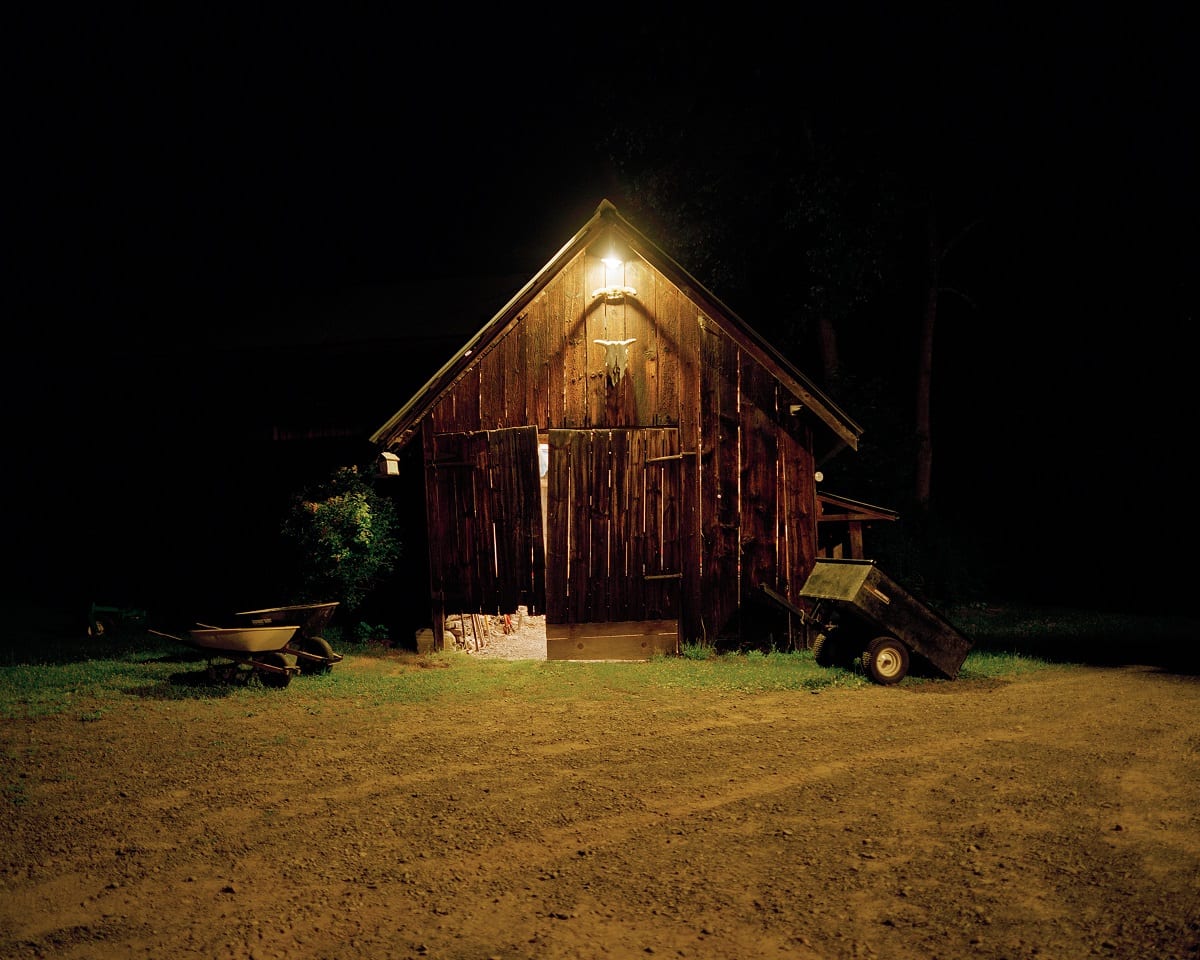
“I love photography because there are always exciting things happening,” adds Cheatle. “We’re seeing a whole range of [approaches]. People are just getting on with making work, and there’s positively good work being made.”
The 21st National Open Art Photography Awards are closing soon! The awards are: 1st prize at £8000, 2nd prize at £3000 and 3rd prize at £2000. To apply, visit National Open Art before 23 July 2017. Deadline for all submissions ends at midnight on 23 July 2017.
Entry is open to amateur, mid-career and professional artists over the age of 15, and The National Open Art Children’s Competition is also accepting entries from all children in the UK and Ireland up to the age of 14.
